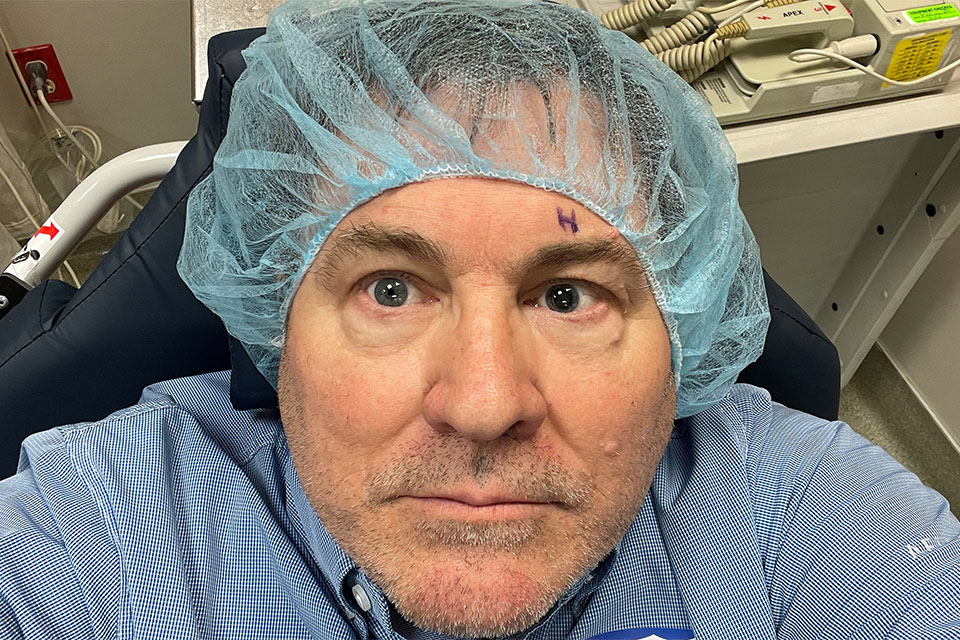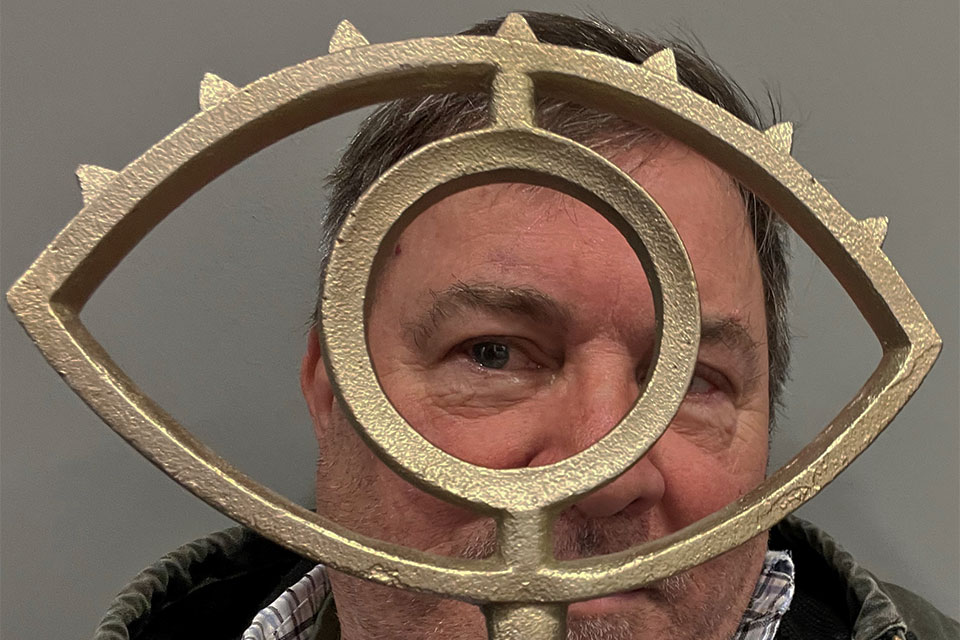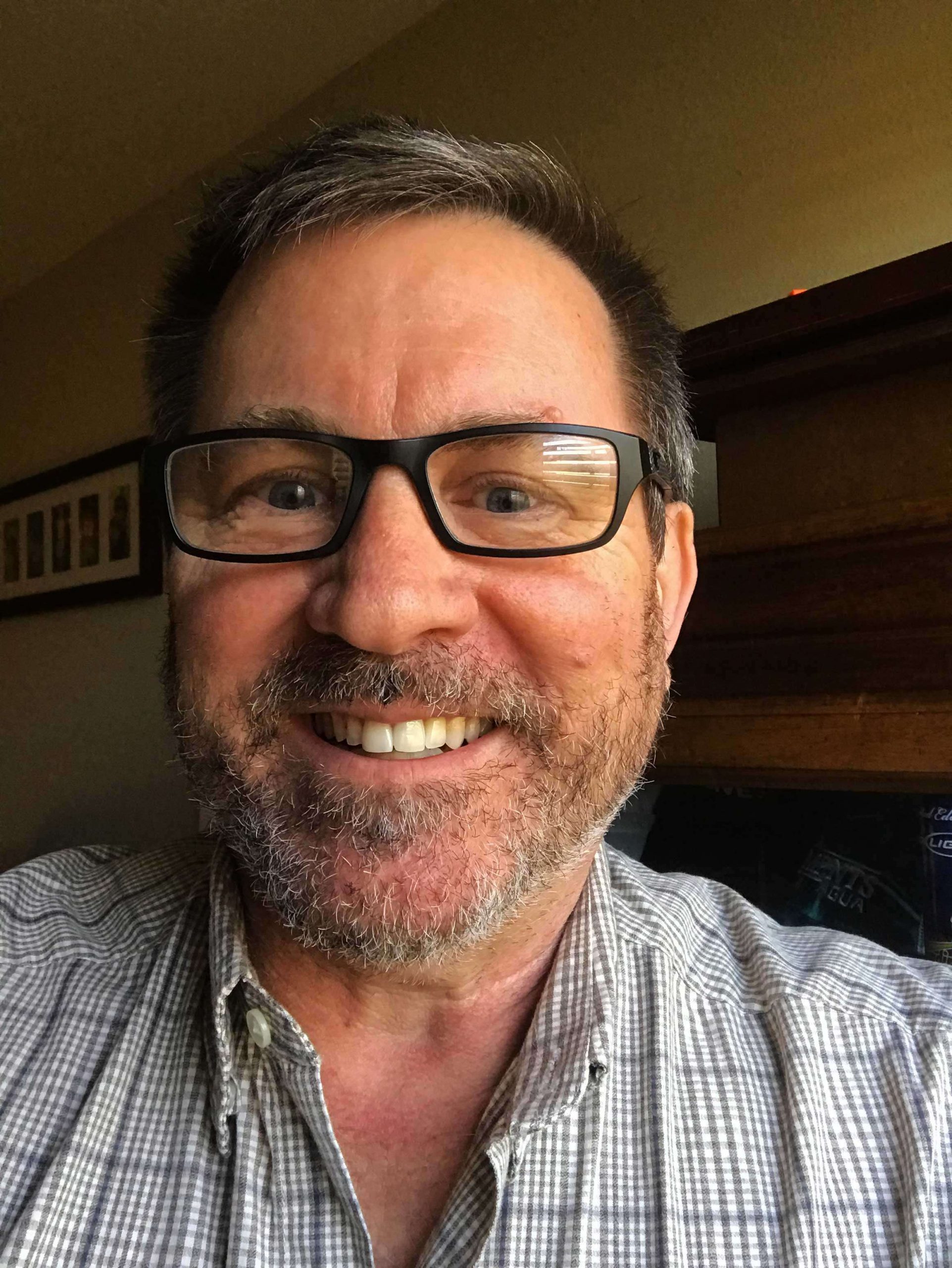
Like many Bassmaster Elite Series pros who upgraded equipment in the offseason, the Sooch did some retooling — I got new eyes. Well, new lenses, anyway. And they’ve improved my vision tremendously.
Since college, I have suffered bouts of iritis, which is swelling and irritation of the iris. It has popped up every couple of years and affected vision, caused pain and increased sensitivity to light.
My ophthalmologist can’t pinpoint the root cause, and it seems to hit nilly-willy. One of the complications is it can cause cataracts. Worse yet, the steroid eyedrops to treat iritis actually exacerbate cataracts.
Less than a decade ago, I began needing more than reading eyeglasses. The doc said my vision loss was mostly because of age and cataracts, and increasing cloudiness as the proteins thickened in the lens would diminish my sight more over time.
There is a fix, he added – cataract surgery to replace your lenses. He said I’d know when it was time, and that’s always when you can’t stand it anymore.
Eye degradation happens to most everyone. Twenty million Americans have cataracts by age 40, The National Eye Institute Reports. By 80, about half of all Americans either have a cataract or had the surgery.
For years I’ve been among the youngest patients at my eye doctor’s office. I just turned 61 but felt I couldn’t hold off much longer. Eye was ready.
It became hard to see past oncoming headlights while driving – the new halogen brights are absolutely blinding – and it was sunglasses and squinting when the sun was low in the sky.
Even the lights in the Bassmaster LIVE studio took their toll. Four days of bright glare during an Elite event last season helped bring on a bout of iritis. I’ve been resorting to a hat tipped low when off camera to protect from too much glare and eyestrain. (You might have caught me whipping off the cap when they came in studio unannounced.)
So this offseason, with most everything out of focus without eyeglasses, I asked my optometrist to assess me for surgery. The doc said my right eye has been doing most all the work of late.
The cataract in my left eye rated a plus-3 on a severity scale of 1 to 4, knocking my vision to the awful scale. I could barely read the bigger letters on the chart, like third or fourth row. Yikes! My right eye was between 2 and 3.
They said because of my history of iritis, extra care would be needed to counter inflammation before, during and after the surgery. Oral steroids and three sets of drops were pre- and post-surgery requirements.

I was informed my board certified cataract surgeon, James Hoffman, was one of the top guys in town. He works out of Little Rock’s McFarland Eye Center, where founder Mike McFarland developed a revolutionary no-stitch cataract surgery.
Business is steady at McFarland, and the personnel have the process down. In about a two-hour visit, I saw about a dozen others go through waiting, pre-op, surgery and recovery areas. Patients receive a series of eye drops to numb and dialate, an IV for anesthesia and then are rolled into a room for the 10- to 15-minute procedure.
The rolling chairs you’ve been relaxing in recline to horizontal. A sticky sheet is put around the eye, and all you see are some bright colored lights. Hoffman directs a laser to dissect the clouded lens, which is removed through a small hole. A rolled lens is inserted. I was a little loopy when he asked me to look up to position the new lens.
My surgeries were scheduled about two weeks apart with follow-up visits the next day and a week later. I opted for the long-range corrective lenses, which were less than half the price of those that could also help with close-up vision. Also, I was told I wasn’t the perfect candidate for the expensive lenses anyway.
After both surgeries, I went home and slept with a protective eyepatch. I was told to take it easy. Drops prevented pain, and less than two days later I noticed the fog was gone. I could see in the distance without glasses.
During a follow-up, I read way down the eye chart to the little bitty letters, rating 20/15 in distance. I do need readers, but not too strong, for up-close.
For now, my eyes get tired quickly, but the surgery sure has been a sight for sore eyes.
Yep, the eyes have it. See you all soon.

